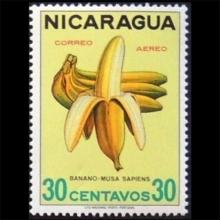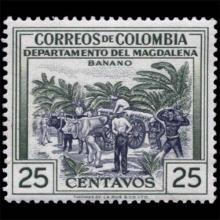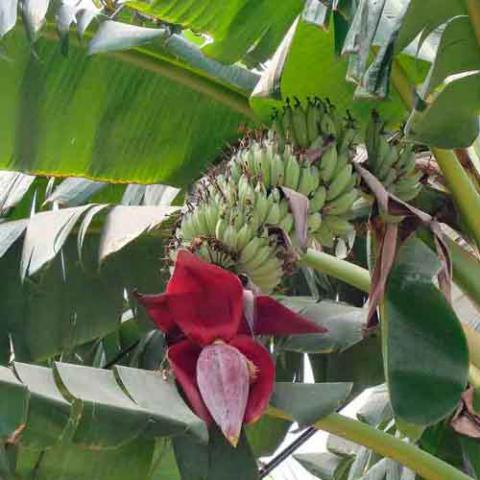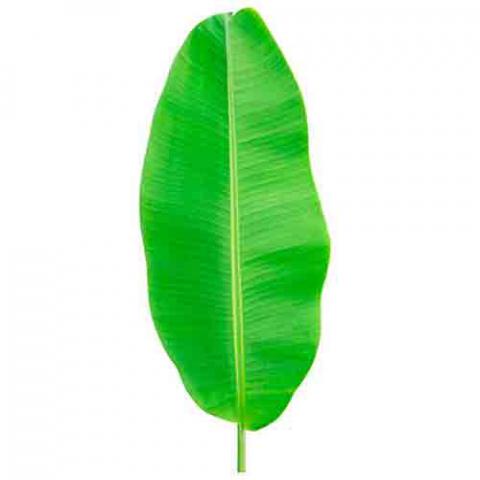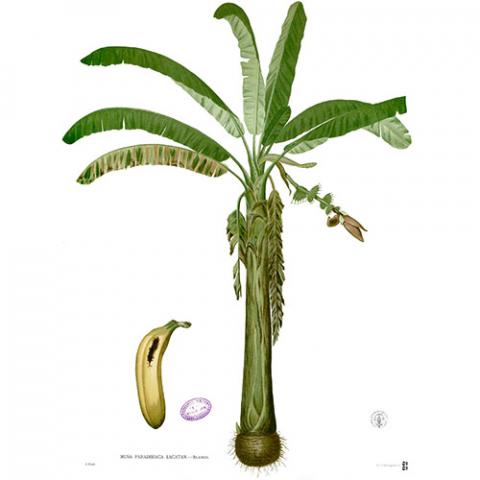NAME(S)
TAXONOMY
PLANTAE ID
THERAPEUTIC
Bangladesh
Issued:
Stamp:
Musa X paradisiaca
Nicaragua
Issued:
Stamp:
Musa X paradisiaca
Colombia
Issued:
Stamp:
Musa X paradisiaca
Bangladesh
Issued:
Stamp:
Musa X paradisiaca
Nicaragua
Issued:
Stamp:
Musa X paradisiaca
Colombia
Issued:
Stamp:
Musa X paradisiaca
Bangladesh
Issued:
Stamp:
Musa X paradisiaca
Nicaragua
Issued:
Stamp:
Musa X paradisiaca
Colombia
Issued:
Stamp:
Musa X paradisiaca
The Story of Velvet Underground & Nico Andy Warhol Cover
by Zuzanna Stanska, January 3, 2018
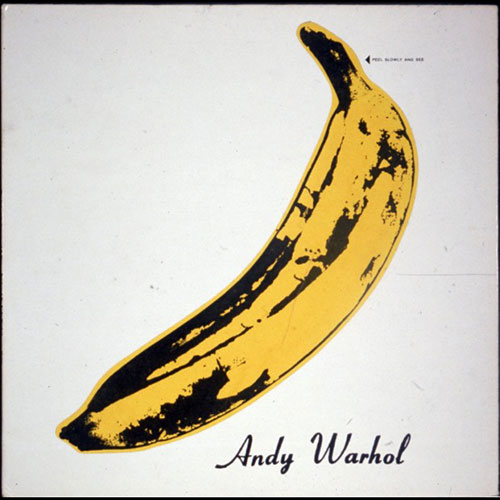
Today we will be talking about Andy Warhol and his famous banana cover of The Velvet Underground & Nico debut album by the Velvet Underground.
Released in March 1967 the album was recorded in 1966 while the band was featured on Andy Warhol’s Exploding Plastic Inevitable multimedia event tour, which gained attention for its experimental performance sensibilities and controversial lyrical topics, including drug abuse, prostitution, sadomasochism and sexual deviancy. Aside from Velvet Underground, there were screenings of Warhol’s films, and dancing and performances by regulars of Warhol’s Factory, especially Mary Woronov and Gerard Malanga.
The banana itself is, of course, the handiwork of Andy Warhol, who crafted the image and slapped it on the cover of his pet band’s first record. Warhol served as the manager and patron saint of the now iconic art-rock band that surprisingly sold only 30,000 albums in its first five years – which can be called a failure, especially when you count an official Warhol’s support. What’s interesting, Warhol was the only formally credited producer, but he had very little direct influence or authority over the album beyond paying for the recording sessions. In fact, several other individuals who worked on the album are often mentioned as the album’s technical producer.
The Velvet Underground & Nico is now widely recognized as one of the greatest and most influential albums in the history of popular music.
The original album cover allowed fans to peel back the banana skin as a sticker, revealing the fruit of a nude-colored banana underneath. The sexually-charged effect was difficult for manufacturers to pull off (the time it took to perfect the peel was part of the reason behind the album’s delayed release), but MGM deemed it warranted, since Warhol’s stamp of approval was bound to go far in the 1960s. With drug songs like “Heroin” and “I’m Waiting For The Man” some have interpreted the album’s cover as a reference to the old schoolyard rumor that smoking a banana peel will get you high. Whether or not that was Warhol’s intent, the cover remains one of his most famous works.
What was Warhol’s inspiration? As always, the real life. Recently, D Generation and Danzig member Howie Pyro has finally revealed the true origin of the famous Warhol-created banana. Pyro reveals in an op-ed that he accidentally stumbled upon the original banana in a junk shop “in the mid-80s” in the Lower East Side of New York City, only realizing recently what it meant in punk and NYC history. “There was one on Broadway that I had never seen before right down the street from Forbidden Planet and the greatest place ever, the mighty Strand Book Store. I went in and there was a lot of great stuff for me. I found some old records, a huge stash of outrageous and disgusting tabloid newspapers from the sixties which I kept buying there for a couple months afterward, and some cool old knick-knacks.
“I knocked into something on a crowded table full of junk and heard a big CLANG on the cement floor. I bent down to pick it up. It was one of those cheap triangular tin ashtrays that usually advertised car tires or something mundane. I picked it up (it was face down) and when I turned it over I was surprised to see…THE BANANA!!”
Reference: www.dailyartmagazine.com
Genus species (Plantae): Musa x paradisiaca
Musa × paradisiaca is the accepted name for the hybrid between Musa acuminata and Musa balbisiana. Most cultivated bananas and plantains are triploid cultivars either of this hybrid or of M. acuminata alone. Linnaeus originally used the name M. paradisiaca only for plantains or cooking bananas, but the modern usage includes hybrid cultivars used both for cooking and as dessert bananas. Linnaeus's name for dessert bananas, Musa sapientum, is thus a synonym of Musa × paradisiaca.
Description
Almost all cultivated plantains and many cultivated bananas are triploid cultivars of M. × paradisiaca. It is believed that Southeast Asian farmers first domesticated M. acuminata. When the cultivated plants spread north-west into areas where M. balbisiana was native (see map), hybrids between the two species occurred and were then developed further into a wide range of cultivars.
Hundreds of cultivars of M. × paradisiaca are known, possessing characteristics that are highly variable, but broadly intermediate between the ancestral species. They are typically 2–9 meters (7–30 ft) tall when mature. The above-ground part of the plant is a "false stem" or pseudostem, consisting of leaves and their fused bases. Each pseudostem can produce a single flowering stem. After fruiting, the pseudostem dies, but offshoots may develop from the base of the plant. Cultivars of M. × paradisiaca are usually sterile, without seeds or viable pollen.
Taxonomy
Banana plants were originally classified by Linnaeus into two species, which he called Musa paradisiaca for those used as cooking bananas (plantains), and M. sapientum for those used as dessert bananas. It was later discovered that both of his "species" were actually cultivated varieties of the hybrid between two wild species, M. acuminata and M. balbisiana, which is now called M. × paradisiaca L. The circumscription of the modern taxon M. × paradisiaca thus includes both the original M. paradisiaca and M. sapientum, the latter being reduced to a synonym of M. × paradisiaca.
In pre-Linnean times this banana was named 'Musa serapionis', for instance by Maria Sybilla Merian in her Metamorphosis insectorum Surinamensium of 1705.
At one time, to deal with the great diversity of cultivated bananas and plantains, botanists created many other names which are now regarded as synonyms of M. × paradisiaca, such as M. corniculata Lour., used for a group of plantains with large fruit resembling the horns of a bull. Cultivated varieties are now given cultivar names, with the cultivars classified into groups and subgroups. Thus M. × paradisiaca 'Horn' is a cultivar belonging to the AAB genome group, Plantain subgroup. See List of banana cultivars for further information on the naming and classification of cultivars.


